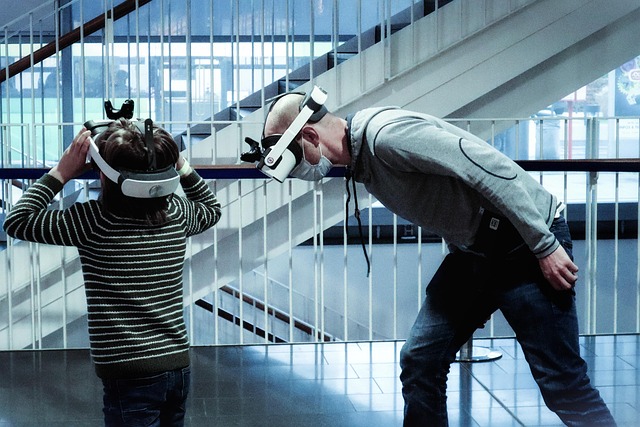
Exploring Realistic Modeling: Unveiling the Future of Software Development in Virtual Reality, Augmented Reality, and the Metaverse
Exploring the Depths of Realistic Modeling in Software Development
The rapid evolution of technology has opened new horizons in software development, transforming the way we interact with digital environments. At the forefront of this movement are Virtual Reality (VR), Augmented Reality (AR), and the metaverse, all of which leverage the power of realistic modeling to create immersive experiences that engage our senses and enhance our understanding of the world around us.
The Promise of Virtual Reality
Virtual reality immerses users in a fully simulated environment, allowing them to experience everything from thrilling adventures to serene landscapes. Realistic modeling plays a crucial role in creating these environments. The intricate details, lifelike textures, and smooth animations contribute to a sense of presence that blurs the line between the virtual world and reality. For software developers, the challenge lies in crafting these worlds with precision, ensuring that users feel as though they are genuinely part of the experience.
Augmented Reality: Blending the Real with the Digital
In contrast to VR, augmented reality overlays digital elements onto the real world. This form of interaction enhances how we perceive our surroundings and interact with the digital landscape. Realistic modeling is essential in AR applications, as the digital objects must seamlessly integrate with the physical world. From furniture visualizers to educational tools, developers are now tasked with bridging the gap between virtual objects and real-world physics, ensuring everything appears natural and intuitive.
Venturing into the Metaverse
The metaverse represents a collective virtual shared space, where users can interact, socialize, and build. This ambitious vision relies heavily on realistic modeling to create interactive experiences that feel authentic. As the metaverse grows, developers must tackle the complexities of rendering vast, interconnected environments populated with avatars and assets that behave and interact in believable ways. It’s an exciting yet daunting prospect that challenges our creativity and technical skills.
The Emotional Connection of Realistic Modeling
At its core, realistic modeling in VR, AR, and the metaverse is about creating emotional connections. When users feel a sense of realism in their interactions, they are more likely to engage deeply, sparking curiosity and exploration. This emotional engagement can turn educational simulations into memorable learning experiences or provide therapeutic relief through immersive environments. As software developers, our mission is to craft these digital experiences that resonate on a personal level, making technology an extension of human interaction rather than a barrier.
The Future is Bright
As we continue to explore the possibilities of realistic modeling, the future of software development looks promising. By combining advanced tools, creative design, and a deep understanding of user psychology, we can pave the way for groundbreaking applications that redefine how we connect with technology. The journey into the realms of VR, AR, and the metaverse is just beginning, and with it comes the responsibility and excitement of shaping a future where the digital and physical worlds collide in spectacular ways.



